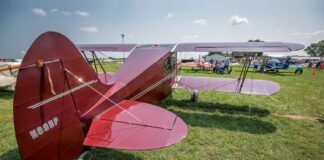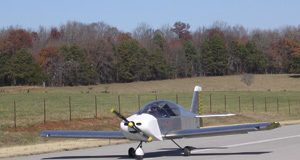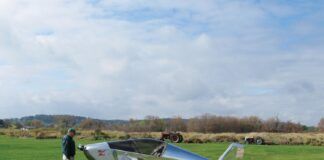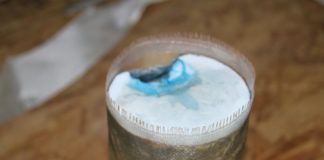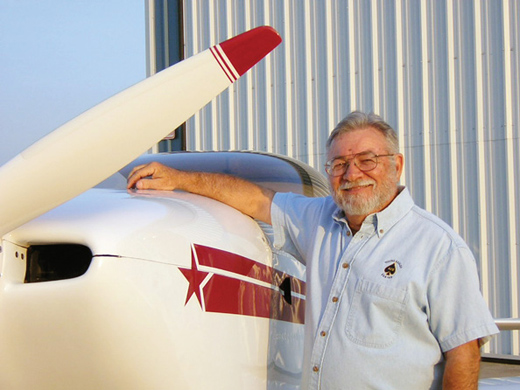
Question: I’m rebuilding a 1942 L-2 Taylorcraft. I have to build all new wood ribs for new wings and sandblast all the old metal parts and repaint them. Much of the fuselage needs rebuilding after a crash from the last owner. My question is, can it be recertified as an Experimental aircraft so I can do all the annuals in the future?
I just finished building a Kitfox 4, and all the wing ribs, spars, and the fuselage were already built. All I did was install the parts, cover them, and it’s an Experimental plane. So where is the difference between building the Kitfox and the L2?
Answer: Unfortunately, the answer is no. Any work done on a Standard certificated aircraft is considered a repair and does not count toward “building.” FAA Order 8130.2G is very specific on this point.
Question: I’m considering buying a Rans S-9 that was built, registered and certificated E/A-B in 2000. The plane hasn’t flown since 2003. Since then, two subsequent non-A&P owners have recovered the fabric, installed larger fuel tanks, installed a better propeller, and replaced the original Rotax 532 with a Rotax 670. All work is documented in the logbooks; however, the aircraft has not flown after these mods. I plan to buy the aircraft, reassemble it, and paint it. I understand an annual condition inspection would be necessary prior to flight. Would the original airworthiness certificate still be valid? If not, what would be required prior to flight?
Additionally, I believe some of these changes were accomplished by individuals not listed as the builder/repairman, nor were they IAs. Is there a requirement for such work to be signed off by an IA? If yes, will that effectively be done at the next condition inspection?
Answer: Unless the original airworthiness certificate has been surrendered, it should still be valid. As far as what has to be done, you will need to read the operating limitations. There were some big changes around that time. The “older” operating limitations required that the aircraft get a new airworthiness inspection after a major change. Later versions allow the owner/operator to place the aircraft back into phase I for flight testing after a major mod. The operating limitations currently in the aircraft and listed on the airworthiness certificate is the controlling document. They remain valid until they are amended.
You are correct that the aircraft will need a current condition inspection before being signed off for flight. This inspection may be done by any A&P.
I assume that the original phase I flight testing has been completed and signed off. If not, you will need to make sure that gets done also.
Nothing needs to be signed off by an IA. An IA is never required for Experimental/Amateur-Built aircraft. Anyone can do maintenance and/or mods. However, only the original builder, if he or she is the holder of the repairman certificate, or an A&P may sign off on the condition inspection.
Please send your questions for DAR Asberry to [email protected] with “Ask the DAR” in the subject line.

![]()
Mel Asberry is an experienced Designated Airworthiness Representative specializing in Experimental/Amateur-Built aircraft. He and his wife, Ann, have built seven amateur-built airplanes including two ultralight types, a Moni Motorglider, a Dragonfly Mk2, two RV-6s and a Zenair CH 601HDS. They are currently building a scratch-built biplane.








